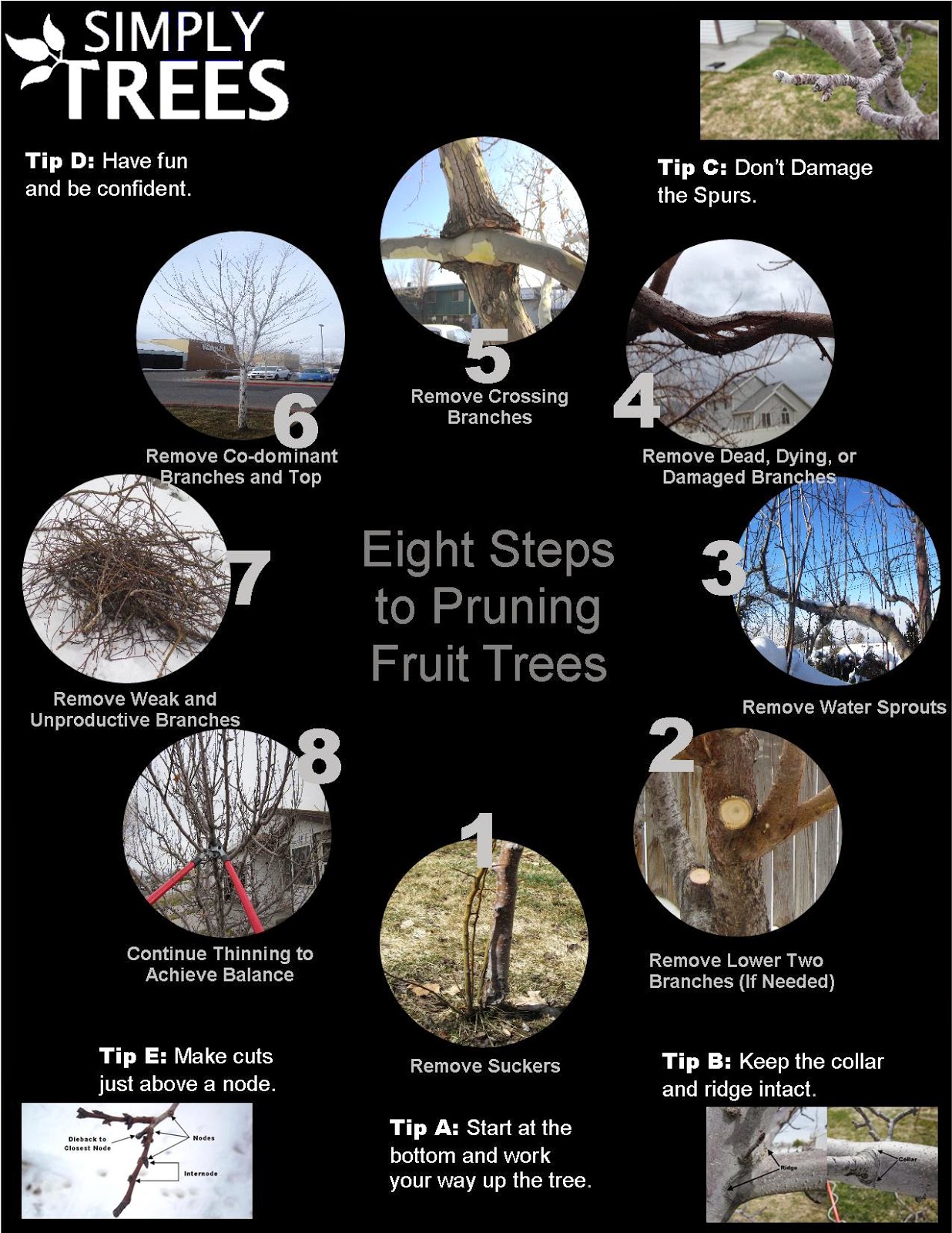Post-Tree Elimination Therapy: Effective Methods For Landscape Repair
Post-Tree Elimination Therapy: Effective Methods For Landscape Repair
Blog Article
Write-Up Created By-Hinrichsen Mejia
After a tree's removal, your landscape might look fairly different, and it's essential to analyze the results carefully. You'll intend to review the dirt disruption and inspect bordering plants for any indications of anxiety. Neglecting these variables can result in larger problems down the line. So, what should you finish with those stumps and origins? And exactly how do you pick the most effective plants for your revitalized space? Allow's explore these vital steps.
Evaluating the Consequences: Reviewing Your Landscape
After a tree removal, it's essential to examine your landscape to recognize the impact it carries your backyard.
Start by examining the area where the tree stood. Seek signs of soil disturbance, and inspect the bordering plants for any kind of stress and anxiety or damage.
You must also bear in mind of exactly how the elimination has actually altered sunlight direct exposure and airflow in your garden. This shift can affect the development of close-by plants, so it's essential to evaluate their wellness.
Take into consideration the visual elements as well; the removal could create an open space that you can revamp.
Lastly, think about any type of potential disintegration concerns that might arise from the tree's absence. Addressing these variables early will help restore balance to your landscape.
Managing Stumps and Roots: Options for Removal
When you've evaluated the consequences of the tree elimination, you'll likely require to take on the stump and roots left.
You have a couple of alternatives for elimination. One reliable technique is stump grinding, where an expert utilizes a device to grind the stump to below ground level. This technique leaves very little disturbance to your landscape.
If you prefer a do it yourself technique, you can utilize a combination of excavating and chemical stump eliminators. Simply keep in mind, this process can take time and initiative.
Alternatively, take into read here leaving the stump as a natural attribute, which can function as a special garden component or habitat for wildlife.
Whatever you pick, attending to the stump and origins is vital for recovering your landscape.
Selecting the Right Plant Kingdoms for Your New Room
As you evaluate your newly gotten rid of room, picking the right plants can considerably improve your landscape's charm and capability.
Begin by thinking about the sunshine and soil problems. For sunny areas, choose drought-resistant plants like lavender or succulents. In shaded areas, brushes and hostas prosper well.
Think about the size and growth habits of your plants; mix perennials and annuals for seasonal variety. Don't neglect to incorporate indigenous types; they need less upkeep and support regional wildlife.
Team plants in odd numbers for a more natural look and create layers for aesthetic deepness.
Finally, guarantee you have a mix of shades and appearances to maintain your landscape vivid throughout the seasons.
Happy growing!
Verdict
To conclude, restoring your landscape after tree elimination is a fulfilling process. By analyzing the after-effects, addressing stumps and origins, and selecting the right plants, you'll develop a growing atmosphere. Do not forget to integrate take a look at the site here to secure your dirt. With a little effort and care, you can change your space into a vibrant yard that improves your residential property. Welcome the possibility to renew your landscape and appreciate the appeal of nature right in your backyard!
